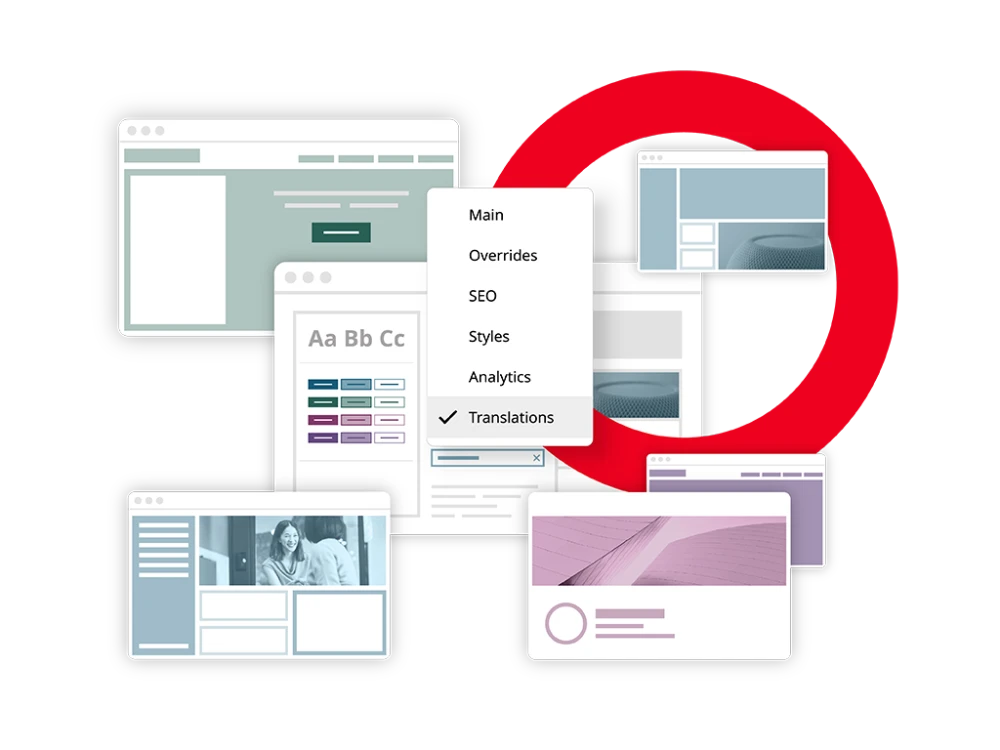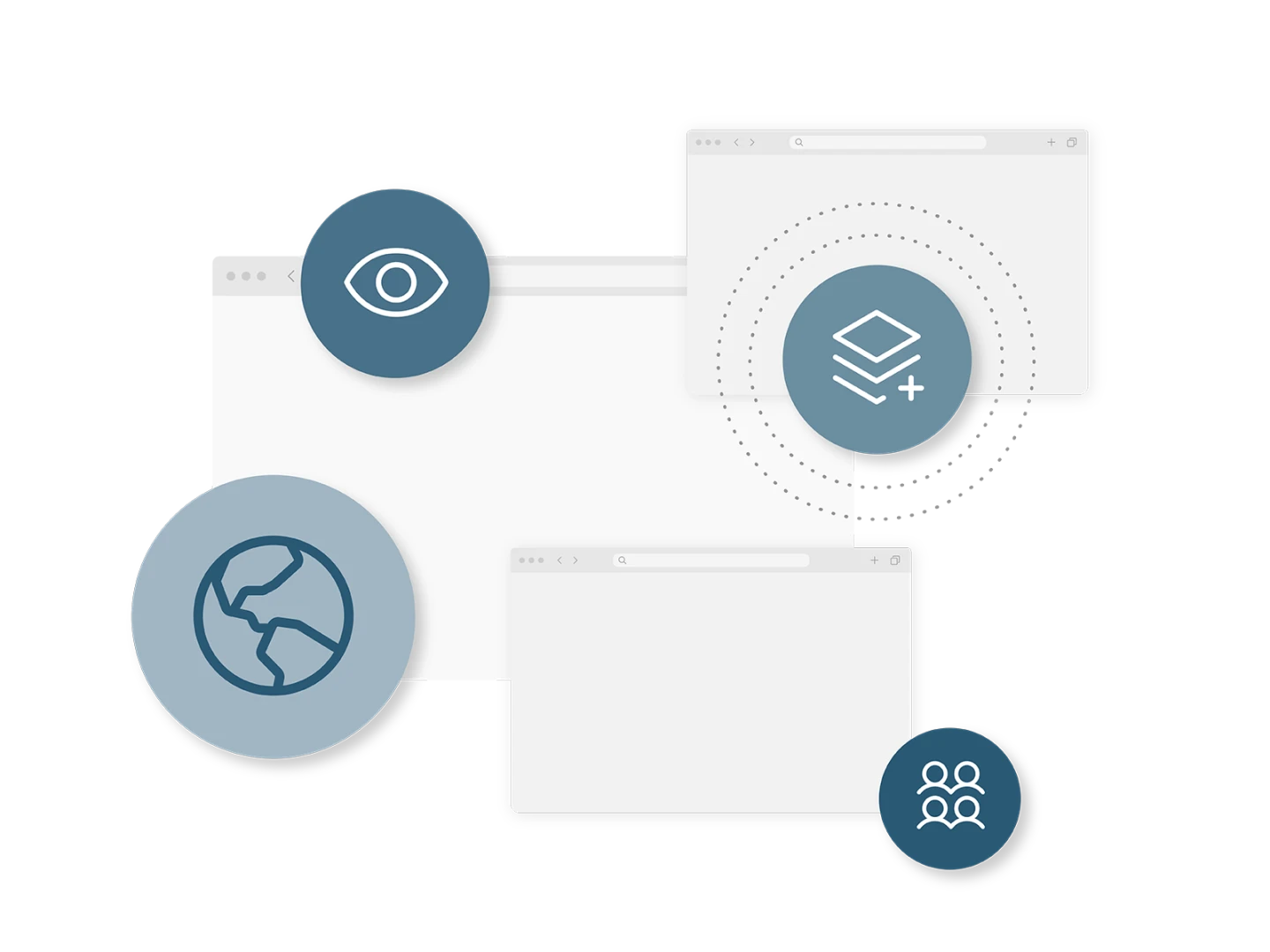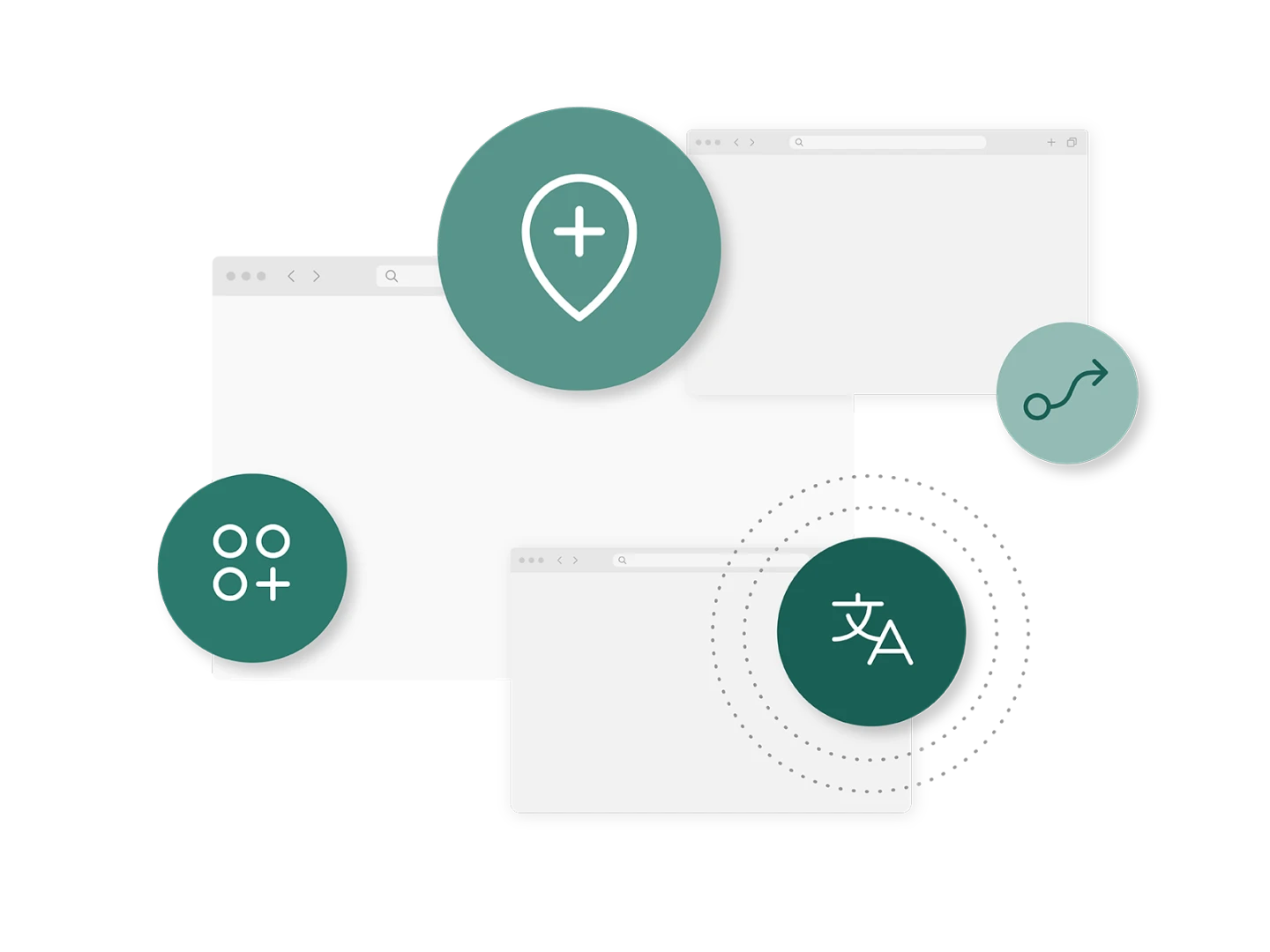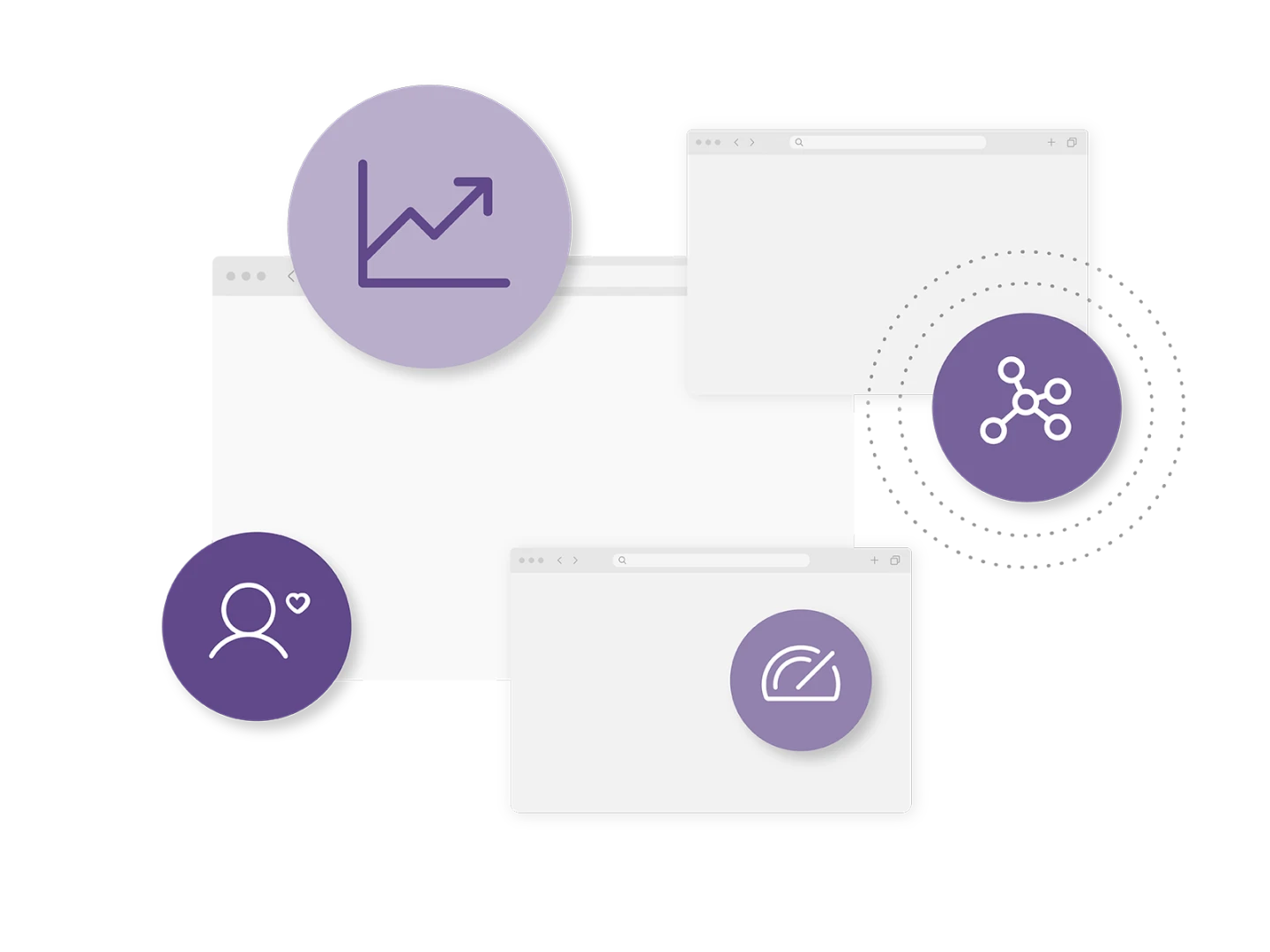Marketer-first content platform that delivers
Deliver high-impact, brand-consistent digital experiences at scale while enabling agility for campaigns, localization and personalization — ensuring faster time-to-market and greater marketing efficiency.











High-impact content experiences at scale
Reduce duplication, work more efficiently and deliver high-impact marketing experiences faster.
Brand consistency at scale
Ensure every site aligns with brand standards while giving regional teams flexibility.
Accelerate time to market
Launch marketing and promotional sites quickly without developer dependency.
Increase global engagement
Deliver relevant, translated content to different markets, improving user experiences worldwide.
Self-sufficient content teams
Enable teams to create, publish and update without any reliance on development.
An award-winning platform that delivers
20+
Campaign microsites managed in same CMS
Ad Council
100K+
sites managed within one CMS
Keller Williams
40%
SEO performance uplift post-launch
DispatchHealth
Wayfair uses Brightspot to power and streamline its expansive marketing sites, ensuring a flexible, efficient and scalable content strategy.
Agile, scalable, always on brand
Give your marketing teams the freedom to create, launch and optimize content independently, backed by enterprise-grade security, AI-powered tools and insights.
Related marketing, multisite & microsites resources
Microsites can serve many needs, but generally are intended to support specific digital campaign goals that diverge slightly from your main website or require a dedicated set of styles, content and calls to action in support of the campaign. Here, we delve deeper into the ways a microsite differs to a website, and how your CMS needs to be configured to support the different objectives and programming needs for each.
Managing a house of brands? Learn how a multisite CMS ensures seamless content workflows, consistent user experiences and cost savings across all digital touchpoints.
Discover how Brightspot empowers corporate marketing teams at major global brands like FedEx, Walmart and Whole Foods manage content, enhance customer experiences and achieve measurable business results.









